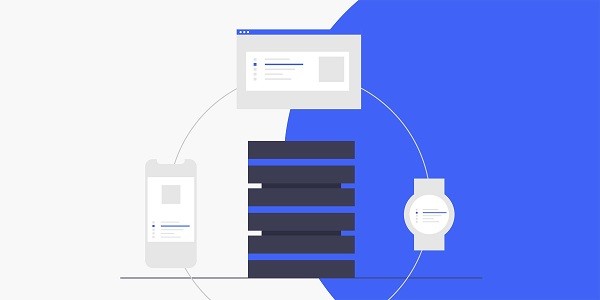What is a German Proxy IP?Proxy IP is a technical tool that forwards user network requests through an intermediate server, which can hide the real IP address and simulate the network environment of the target area. For users who need to access local resources in Germany, conduct cross-border business or conduct market research, German proxy IP is the key to breaking geographical restrictions and improving data acquisition efficiency. IP2world provides a variety of proxy IP products covering Germany, including dynamic residential proxies, static ISP proxies, etc., to meet the needs of different scenarios. Why is German proxy IP the first choice for cross-border business?As one of the largest economies in Europe, Germany's market potential in e-commerce, finance and technology attracts global companies. Through German proxy IP, companies can access German websites and services as local users, such as accurately obtaining product prices, analyzing competitor strategies or testing advertising effects. For example, dynamic residential proxies can avoid triggering anti-crawling mechanisms by simulating real user behavior; while static ISP proxies are suitable for automated tasks that require long-term stable IPs. How can dynamic residential proxys improve market research efficiency?The core advantage of dynamic residential proxies lies in the randomness and high anonymity of IP addresses. This type of proxy allocates IPs through real home broadband networks, ensuring that each request comes from a different geographical location and network environment. For companies that need to collect German social media data on a large scale, monitor consumer reviews, or analyze local trends, dynamic residential proxies can effectively bypass platform restrictions and reduce data bias. In addition, its automatic IP rotation feature can reduce the risk of being banned and ensure mission continuity. What is the difference between static ISP proxy and dedicated data center proxy?Static ISP proxies are usually directly assigned by Internet service providers (ISPs). They have long-term stable IP addresses and low latency, and are suitable for scenarios that require fixed IPs, such as automated scripts, account management, or ad verification. In contrast, dedicated data center proxies are based on high-performance servers, providing higher bandwidth and concurrent processing capabilities, and are suitable for enterprise-level data capture, real-time monitoring, and high-traffic businesses. The combination of the two can achieve optimal resource allocation. How to choose the appropriate German proxy IP type?Demand scenarios are the key basis for selecting proxy IPs. If the task requires frequent IP switching or simulation of real user behavior, dynamic residential proxies are the first choice; if the same IP needs to be maintained for a long time (such as social media operations or localized account registration), static ISP proxies are more reliable; for companies that need to process massive requests or ensure data security, exclusive data center proxies can provide exclusive resources and encrypted transmission support. IP2world supports flexible configuration on demand, and users can adjust proxy solutions according to the scale of their business.As a professional proxy IP service provider, IP2world provides a variety of high-quality proxy IP products, including unlimited servers, static ISP proxies, exclusive data center proxies, S5 proxies and dynamic residential proxies, suitable for a variety of application scenarios. If you are looking for a reliable proxy IP service, welcome to visit the IP2world official website for more details.
2025-05-13









